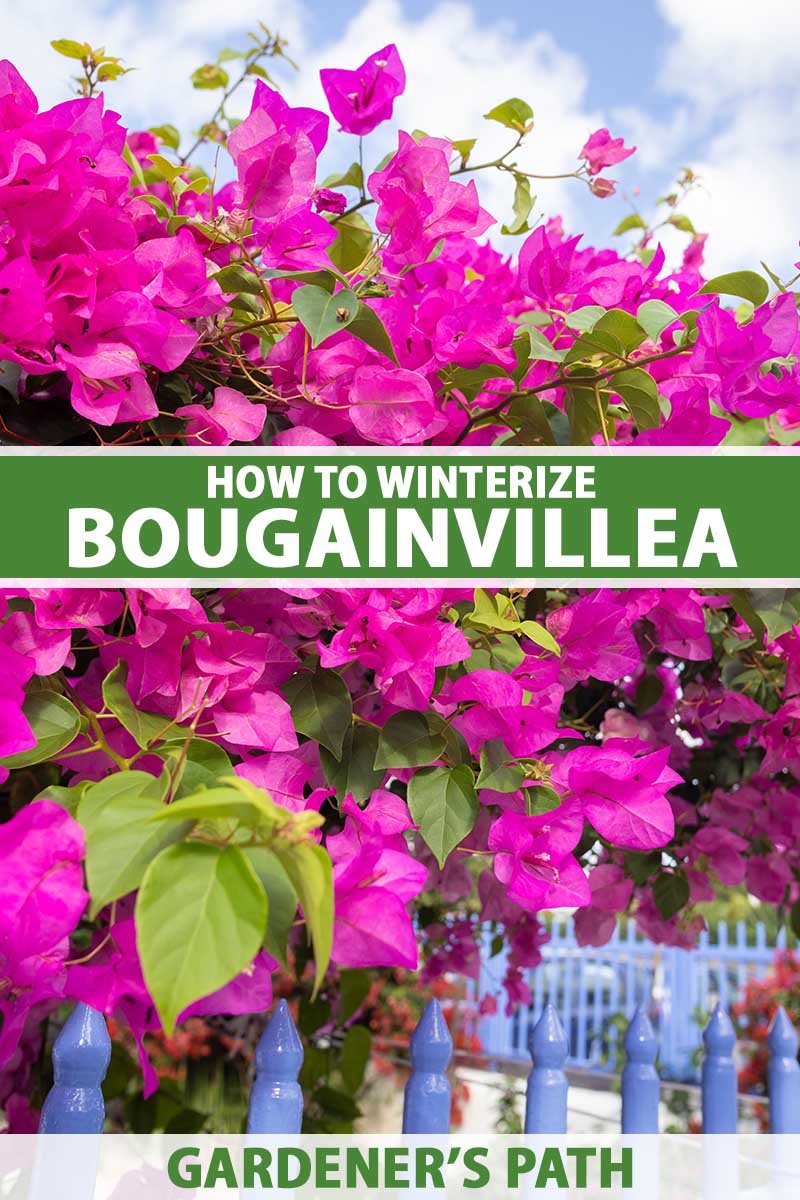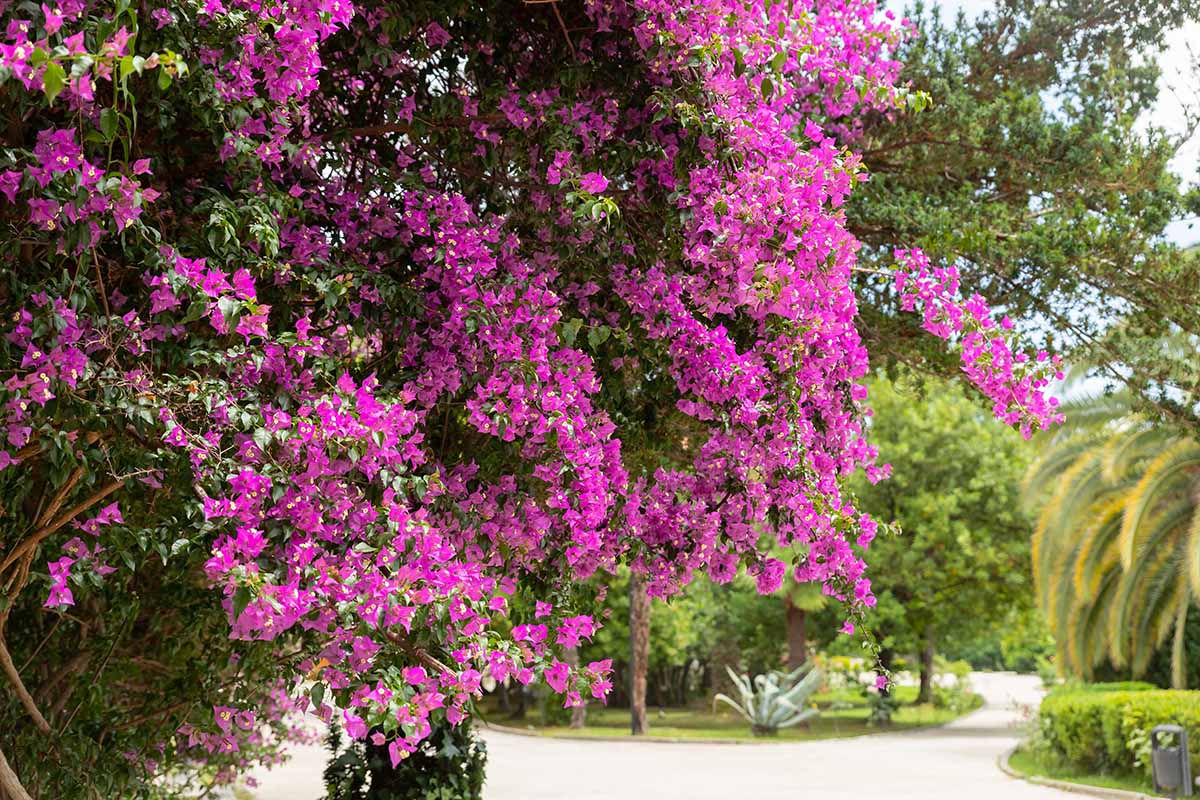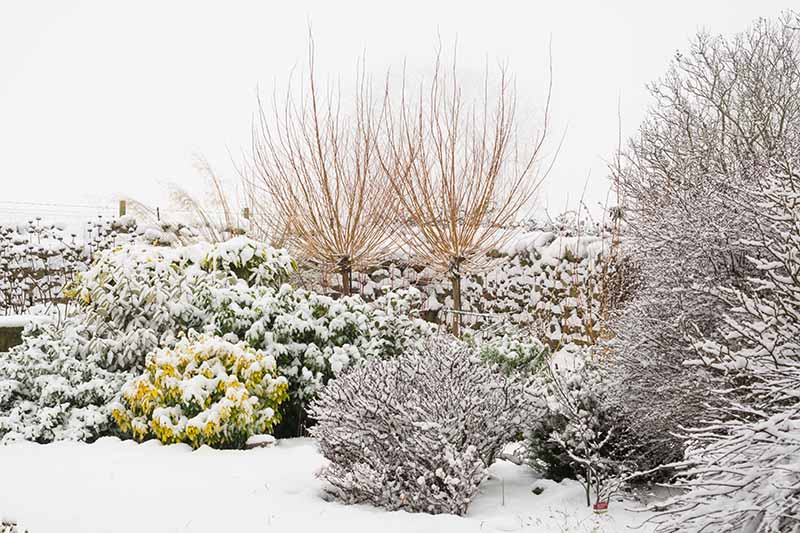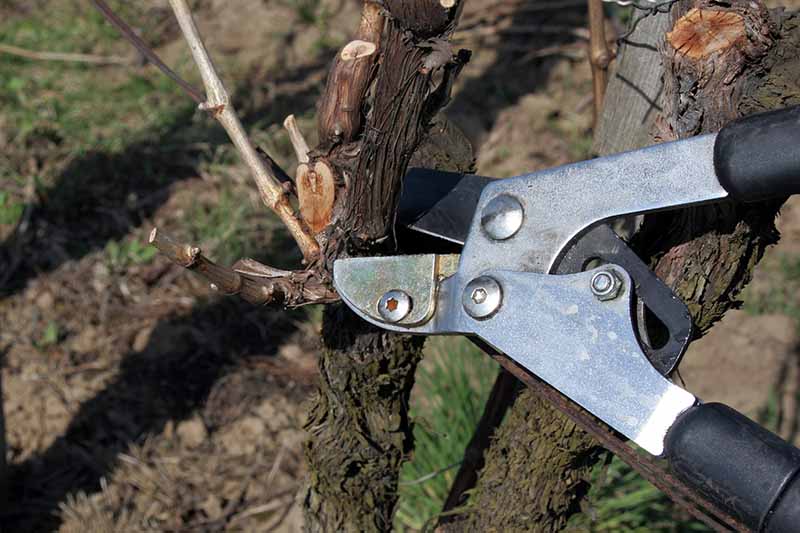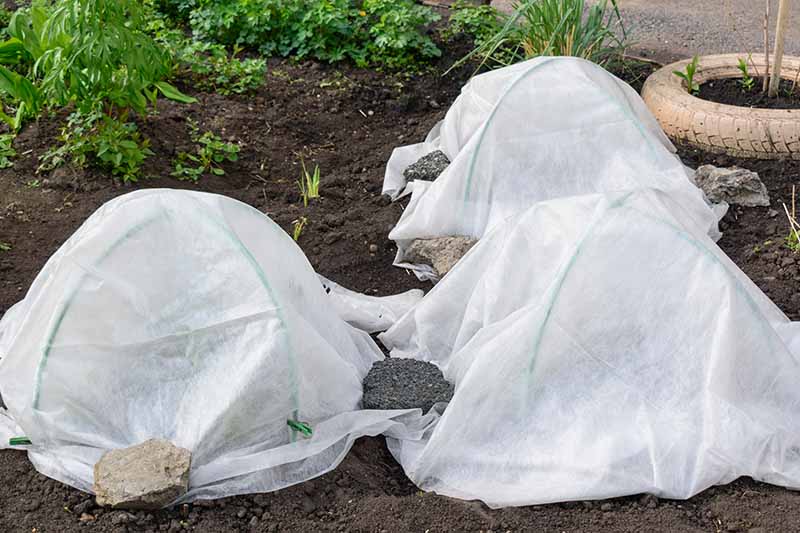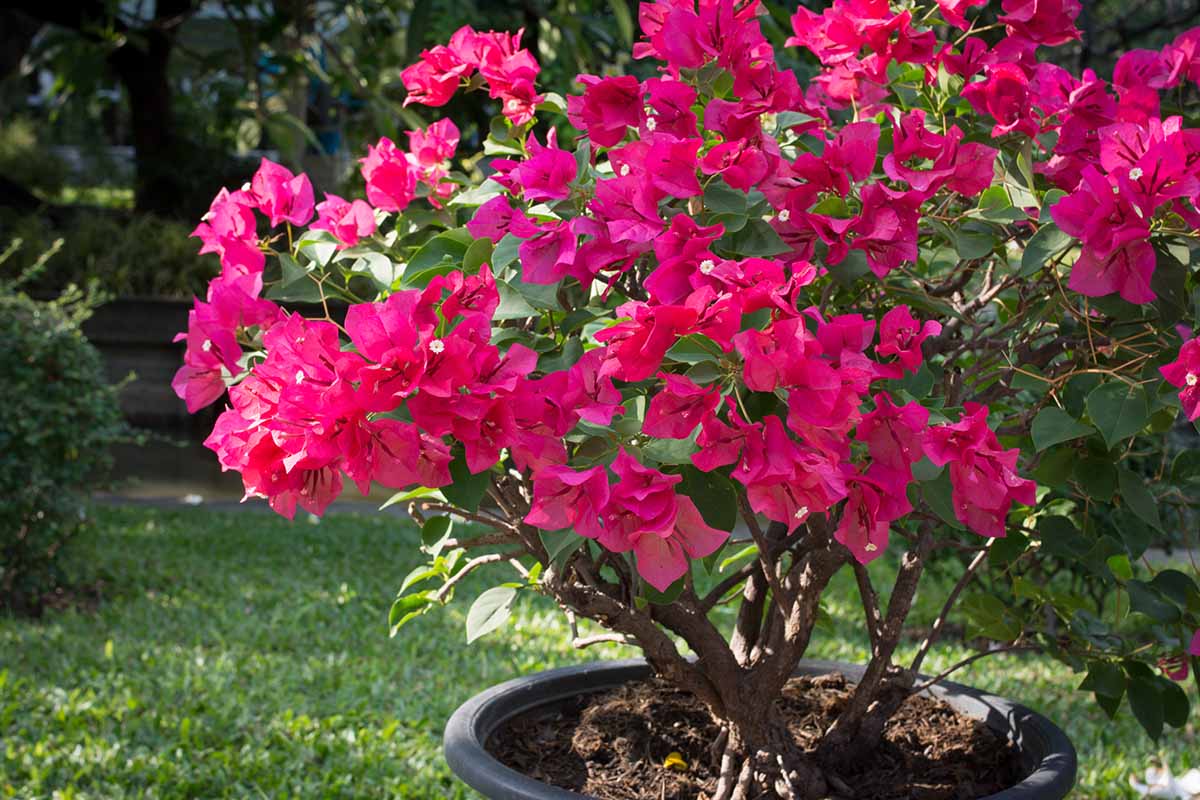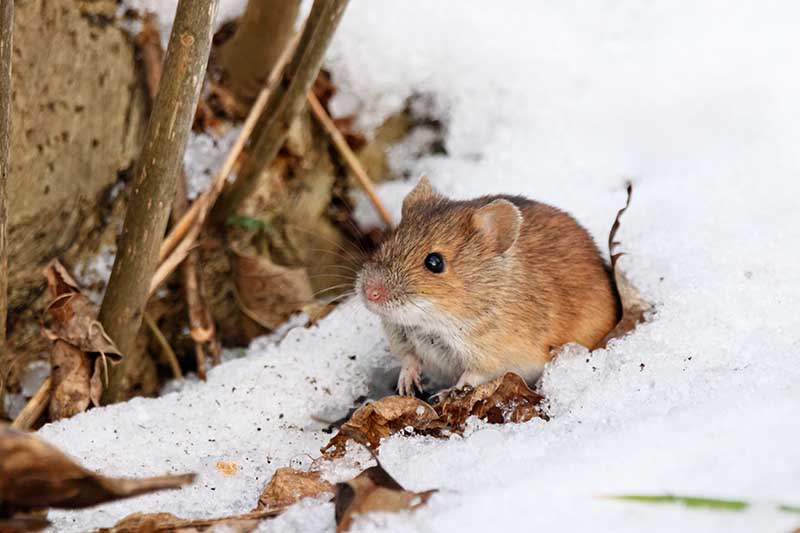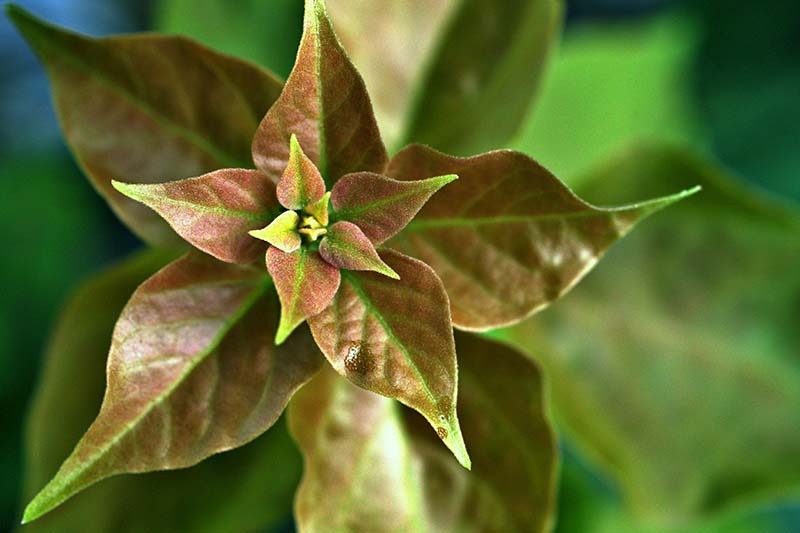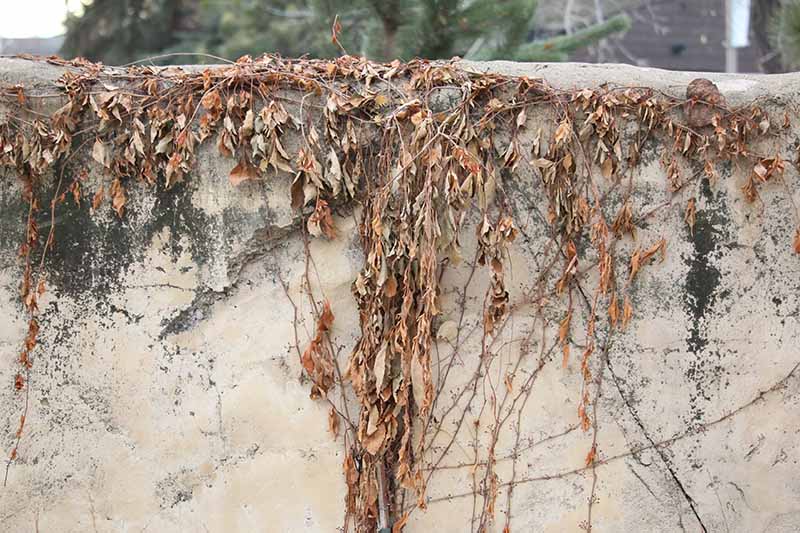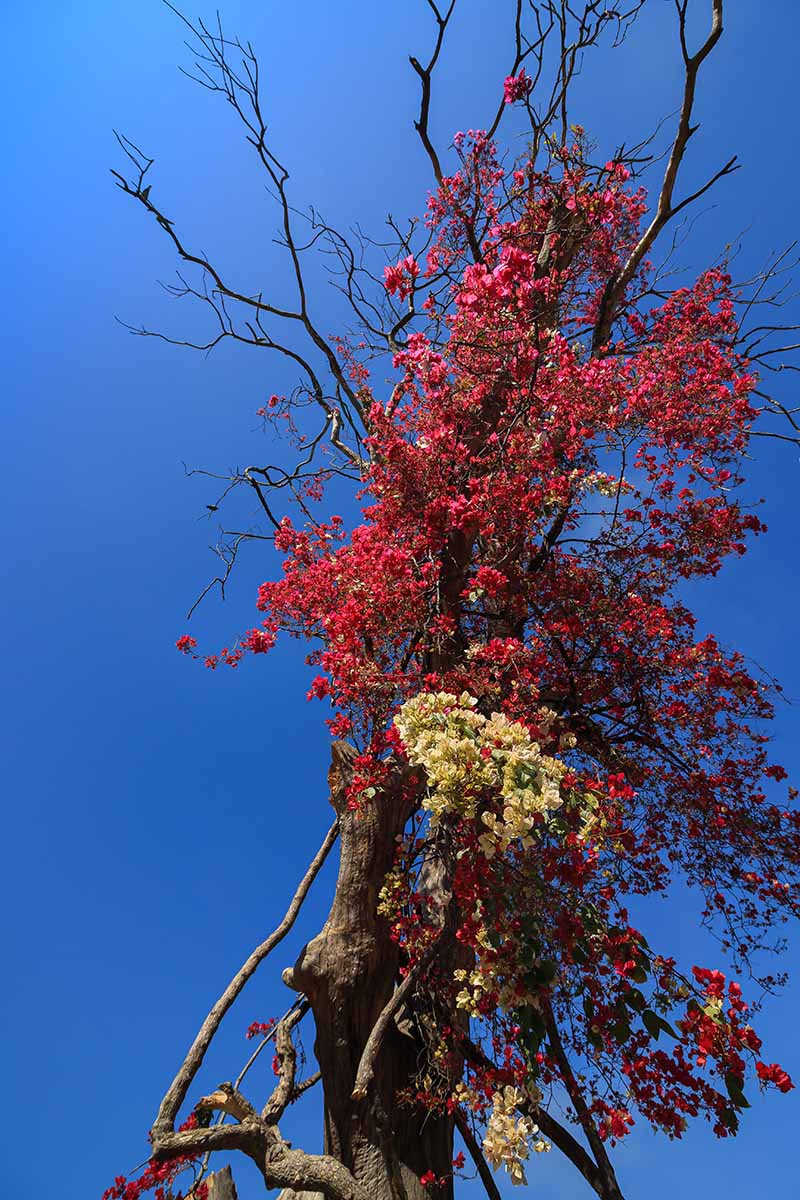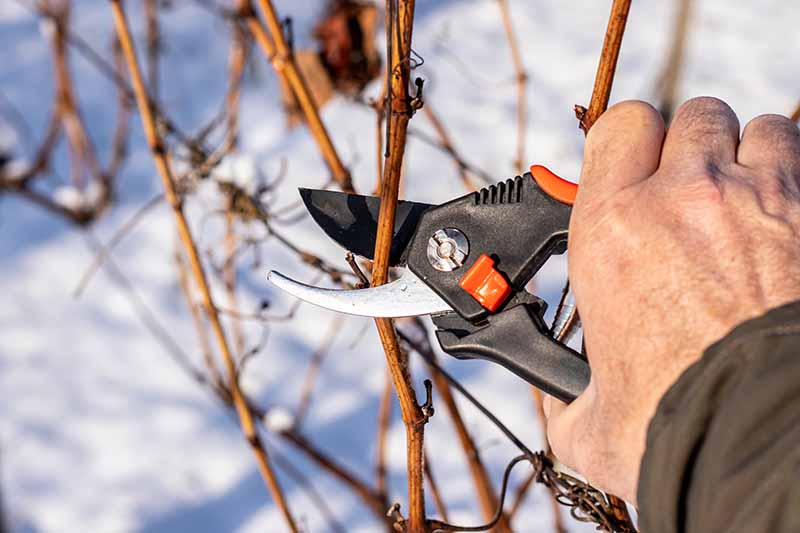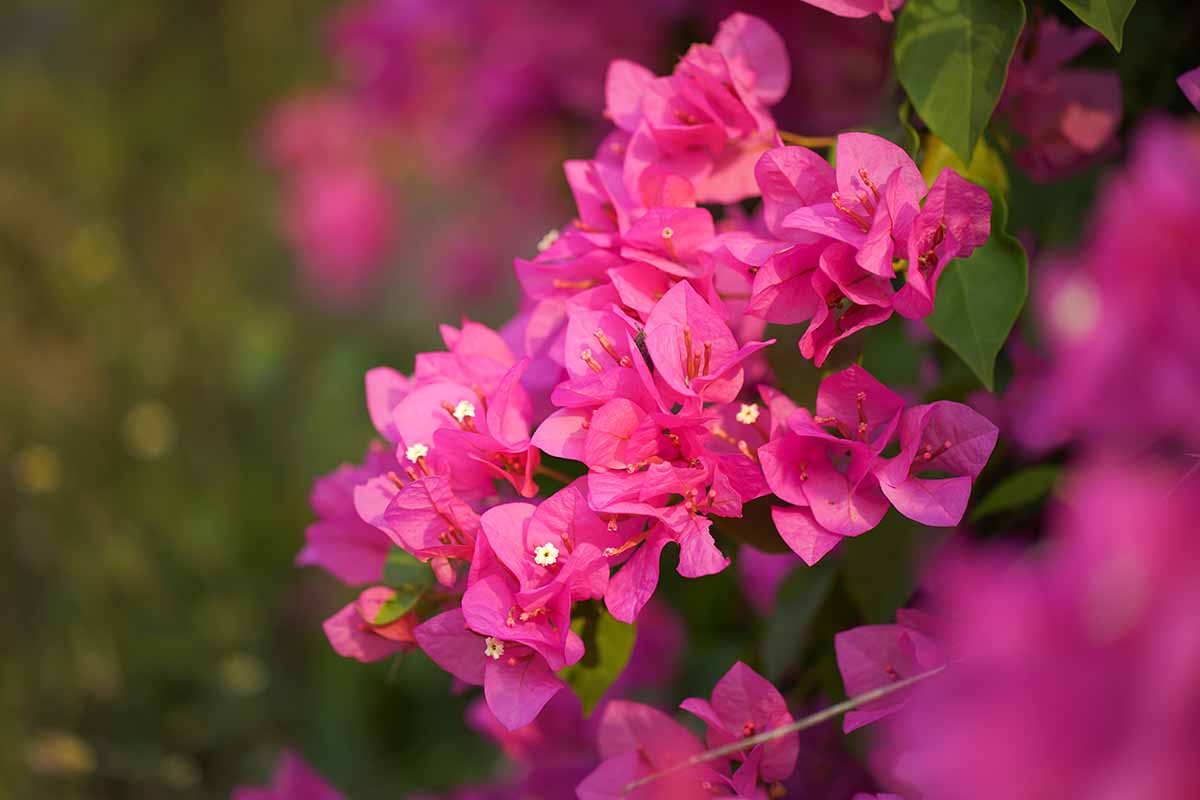If you’re growing a flourishing vine, shrub, or tree outdoors, in the ground or in a container, then winterizing is a crucial step to take before low temperatures and frost threaten in cooler zones. We link to vendors to help you find relevant products. If you buy from one of our links, we may earn a commission. We’ve got the details you need to keep your paperflower safe through the chilliest months, including how to return it to its outdoor position when spring returns. Read on to learn more – here’s everything we’re going to cover:
When to Winterize Bougainvillea
Chances are, you already know that bougainvillea is a perennial, tropical, blooming vine. And, because it’s tropical, it isn’t cold-hardy and won’t survive frost or hard freezes in fall and winter. This is especially true for younger, less established plants. In areas where harsh weather is expected in the winter months, it’s best to choose a variety that can be grown indoors, or brought indoors when necessary. If you’ve already got one growing outdoors in the ground, it’ll take more effort to prevent damage. No matter where yours is planted, if you’ve missed your chance and the chill has already set in before preparations could be made, it’s not necessarily too late to save your plant. If it’s only been exposed for a couple of days, it may still be possible to take action for the remainder of the season.
Dormancy
In cooler zones, dormancy sets in as winter approaches. Energy and nutrients stored in the roots kick in as the source of food that will sustain the vine through the cooler season ahead. Leaves die and fall off as photosynthesis becomes unnecessary. Avoid adding fertilizers at the end of summer in preparation for this process. Begin to reduce the amount of water provided to allow the soil to dry out a bit. In USDA Hardiness Zones 9 to 11, you’re typically in the clear, exempt from experiencing frosts and freezing temperatures near or below 32°F – unless a rare cold snap passes through. Gardeners in the southern United States know the kind – those chilly temperatures prompt everyone to break out their barely used parkas! Don’t forget to cut the price tag off before you go to the grocery store for milk and toilet paper… Note that bougainvilleas may be grown in northern regions as annuals that will die off at the end of the season. If you’re not interested in dealing with winter care, this is an option and a matter of personal preference. But you may be able to provide winter protection to grow plants in these regions as perennials instead. It’s also possible that specimens growing in the ideal zone won’t experience full dormancy. We’ll touch on that as well, so keep reading!
Frost and Freezing
Even though temperatures don’t often drop below 32°F in Zones 9 to 11, frost is still a possibility, because it isn’t necessary for air temperatures to drop to freezing for frost to form. All it takes is for the ground temperature to drop to 32°F. North of Zone 9, winter preparations should begin long before frost and freezing become a problem – typically, before air temperatures drop below about 40°F. Starting early gives your plant time to adjust without causing adverse consequences, such as shock from a sudden, drastic change in growing conditions. In Zones 9 to 11, the best time to begin preparing for winter is when evening temperatures sink to about 50°F for specimens under two years old. This may seem early, but bear in mind that your specimen is used to soaking in warmth and sunshine every day, and it doesn’t have the established root system of a more mature plant to power through the cold. Older specimens may be able to wait for winterization until lows of about 40°F set in.
Potted Plants
Container-grown specimens have different rules for overwintering, depending on location. Without the insulation provided when grown in the ground, the environment inside the pot is equivalent to about two full Hardiness Zones cooler in a given region. The difference can spell disaster if the root system is not adequately protected or relocated to safety when temperatures plummet. Next, we’ll cover instructions for winterizing and caring for vines grown both in-ground as well as in containers.
Providing Outdoor Winter Protection
Winterizing an in-ground specimen may have two phases. In temperate zones, phase one consists of pruning canes back after the leaves have dropped to make the gardener’s job a little easier if it becomes necessary to cover the plant. Mind the thorns during the pruning process! Reducing the size of the specimen can make it easier to cover and reduce the strain on the root system as it supports the plant through the chilly months. Note that dormancy may not occur or plants may remain semi-dormant when grown in regions that remain warm in the winter. In that case, it’s best to avoid hard pruning. Prune back only the canes that grow from the main trunk. A dormant specimen will not be harmed from a hard pruning and will grow back in springtime. Remove any dead leaves at this time as well – they’re no longer necessary as photosynthesis has stopped. A thick layer of mulch, about three to five inches deep, should also be applied over the root zone to insulate and protect your bougainvillea. Shredded leaves or chipped wood mulch work well, or a thick layer of compost can be added instead. Compost will also add nutrients and organic material to the soil, which can help to give the specimen a boost when foliage begins to grow back in the spring. Prior to the onset of temperatures below about 40°F, provide enough water to thoroughly moisten the soil. This will also aid in insulating the roots. Warmer or sunnier days may call for venting the wrapping to allow for excess humidity and heat to escape – particularly if you’ve used a plastic cover. Covers and wraps made from breathable material are a better choice than plastics, which can trap humidity and lead to mildew and rotting. Protek Plant Covers Valibe Plant Covers Nuvue Zip-A-Tree Covers You can leave the wrap on for the duration of the season, or through the period of low temperatures or adverse weather events. We’ll explain when and how to remove it in the springtime a bit later. In regions where hard freezes are common or extend for more than a few days at a time, it’s best to grow your bougainvillea in a container instead of in the ground so it can be moved to safety. Note that these recommended covers can be used for container-grown bougainvillea as well, if they’re going to be left outdoors. And, with that, let’s discuss winterizing your potted specimens next.
Winterizing Container-Grown Bougainvillea
As I mentioned, specimens growing in a container are less insulated from chilly temperatures than in-ground plantings. This means more protection is necessary, or it may mean the container needs to be relocated to shelter. Begin by drenching the soil and allowing excess water to run off. Moist soil remains better insulated than dry soil. However, bougainvilleas can not tolerate overwatering, so don’t do this regularly – only once prior to the onset of frost or freezing. Next, add a thick layer of mulch about three to five inches deep. Shredded wood, shredded leaves, or compost are best. In cooler zones with a long, frozen winter, it’s best to prepare to move your bougainvillea indoors before the temperature drops to about 40°F. You may see bubble wrap recommended by some sources, but I caution against this as it can cause excess moisture to build up inside, which can cause damage. Bubble wrap may be used if you like to wrap pots, but not the plants. A specimen that is shorter in stature can be wrapped together with its pot. Planket Frost Protection Cover A wrap such as this 10-foot round plant cover from Home Depot can be pulled down over the top and secured underneath, or pulled up from the bottom and tied at the top. Or, the covers mentioned in the previous section can be used instead for larger vines or shrubs. Secure any wrap or cover well to prevent losing it in strong winds or having it come open. Gardeners in regions that don’t experience hard freezes or that have only a few days of freezing temperatures per year can typically leave their specimens outdoors. Note that a wrapped plant can become awkwardly top-heavy and may need support to remain upright, especially in wind or winter storms. Prior to moving the specimen inside, prune it down after it has gone dormant if it’s large and unruly. Otherwise, move it indoors to a protected location. The best places to store a dormant bougainvillea are in a garage, basement, or shed, where there is enough warmth to prevent freezing but not enough to bring it out of dormancy prematurely. There’s no need to provide bright sunlight as photosynthesis will not be taking place, but some light can offer a bit of extra warmth. Only the pot should remain wrapped during storage – there’s no need to wrap the plant while it’s being stored. Once it’s stored, check the moisture level of the soil every one to two weeks and provide just enough water to prevent it from drying out completely. Leave your bougainvillea in its place until spring – we’ll cover returning it back to its outdoor location up ahead.
Caretaking Through the Winter Months
While it may seem like a dormant plant doesn’t need much caretaking, that’s not entirely true. Since active growth and blooming are not taking place, watering can be reduced to about once per month for plants overwintered outdoors, and only enough to slightly moisten the soil. More than this can invite pathogens that cause root rot. Specimens that are stored in garages, basements, or sheds may be subject to rodent infestation since they offer a warmer, more sheltered place for the small animals to spend the winter. Check every so often to make sure there are no uninvited guests in the mulch or soil. In the event that a warm front passes through and temperatures rise above 60°F, it may be necessary to vent any wraps or covers to avoid having moisture and heat build up inside. Very sunny days can also cause overheating and humidity to build up. As spring approaches and the chill begins to leave the air, moving potted specimens brought to shelter to a sunnier place can help to prepare them for their return to the outdoors.
The Return of Spring
When the weather reports start to call for sunshine and warm days ahead, get ready to return your bougainvillea outdoors or unwrap in-ground plantings so they can soak up the sun. For complete year-round growing instructions, take a look at our comprehensive guide.
Outdoor Specimens
A plant that has remained outdoors can be unwrapped or uncovered when temperatures reach about 60°F in the daytime. Allow it to soak up the sun and returning warmth all day, and then rewrap it before the chill returns in the evening. If an outdoor specimen is potted, unwrap the plant but leave the container wrapped. Offer a deep drink of water and gradually return to a normal watering schedule as signs of life reappear. Once both daytime and nighttime temperatures remain consistently above 60°F, coverings can be removed for the season. Coming out of dormancy may reveal some cold damage. We’ll discuss what to look for and how to address it a little later in this guide.
Potted Paperflower
Two to three weeks before the last predicted frost date, begin exposing the bougainvillea to more sunlight. The sunshine can provide warmth that helps it awaken from dormancy. Offer more water as it’ll be needed to replenish the parched vine as leaves regenerate. After the last frost date, keep an eye on the forecast. Wait until outdoor temperatures reach about 60°F during the day. Remove the cover or wrapping and move the specimen outdoors into shade for a few hours, then gradually increase the time spent outdoors and exposure to direct sunlight over the course of a week or two until it’s back to its normal location and able to stay there full-time. Evening temperatures may still drop below 50°F for a period of time, so leaving the plant outdoors in the evening can potentially lead to damage. Again, watch the weather and bring plants back to shelter as needed. You might ask, what does cold damage in plants look like? Can it be repaired? Let’s take a quick look at this issue.
Repairing Damage
Plants that have suffered cold damage may display leaves with white patches or they may turn brown and die off. Damaged canes typically look dried out and feel brittle. Sometimes, the canes can begin to regenerate new growth if only the foliage has been impacted, but dead and brittle material should be pruned away immediately. You have some options here – either you can remove the entire cane at the trunk or look for a swollen node in the cane below the damaged portion, which is where new leaves will grow, and cut just above it. Use a pair of sharp, sanitized shears, and make a diagonal, clean cut through the cane. It’s best to complete any pruning prior to the onset of active growth, since cutting the ends off of the branches can reduce the number of blooms and colorful bracts. Add a layer of shredded wood or leaf mulch three to four inches deep around the base of the specimen, but don’t pile it against the trunk. Compost can be used instead for an added nutritional boost, but again, avoid covering the trunk. Tropical species are gorgeous, but they can present serious challenges and create far more work for the gardener when conditions aren’t exactly right. If you’re still considering installing a bougainvillea at home, take this into account before making your decision – and spending the money! Questions? We’re here for you! Let us know what you’re facing in the comments below, and we’ll get back with you as soon as possible. Winterization is necessary for many species to make it safely through the chilliest months. Learn more winter care tips with these titles:
How to Winterize RosesHow to Winterize Your Herb GardenHow to Overwinter Snapdragons
